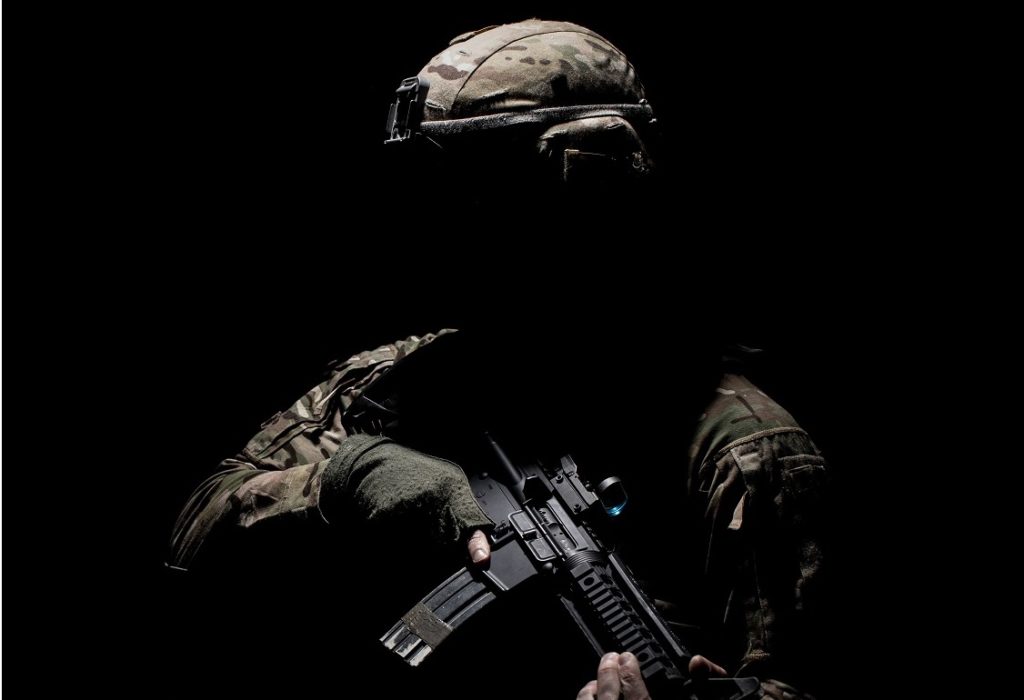
Innovations in Lightweight Body Armor: What’s on the Horizon?
Body armor is a vital element of safety for law enforcement and military personnel. It is designed to protect against projectiles and other hazards that can cause serious injury or even death. However, traditional body armor can be heavy, bulky, and restrictive, weighing down the wearer and lowering mobility. This is where lightweight body armor comes in. In recent years, significant advances have been made in the development of lightweight body armor, making it an essential component for a range of different applications. In this blog post, we will explore some of the latest innovations in lightweight body armor and what is on the horizon.
One of the most significant developments in lightweight body armor is the use of new materials. The latest advancements have made it possible to create stronger, lighter materials that can withstand more impact than traditional options. One of these materials is Dyneema, which is 15 times stronger than steel but much lighter. This ultra-high molecular weight polyethylene fiber is now being used to create body armor that is up to 50% lighter than traditional options.
Another area of innovation in lightweight body armor is the incorporation of smart technology. Intelligent body armor is embedded with sensors that can monitor vital signs, such as heart rate, temperature, and even hydration levels. This information can be used to alert commanders when a soldier is in distress or to track the location of a team during a mission. Companies like Beartooth and Pinnacle Armor are leading the charge in this area, designing intelligent body armor that provides a new level of situational awareness.
Nanotechnology is also playing a significant role in the development of lightweight body armor. By manipulating matter on an atomic and molecular scale, scientists are creating materials that are stronger, lighter, and more resilient than ever before. One such material is graphene. This two-dimensional material is just one atom thick but is up to 200 times stronger than steel. Graphene is now being integrated into body armor to provide unmatched protection in a lightweight and flexible form.
3D printing is another innovation that is making lightweight body armor more accessible and affordable. By using computer-aided design (CAD) software, it is now possible to produce armor that is customized to fit the individual shape and size of the wearer. This is particularly useful for law enforcement officers, who come in all shapes and sizes. Traditional body armor is often one-size-fits-all, which can lead to discomfort, reduced mobility, and limited effectiveness. 3D printing technology will revolutionize the way body armor is produced, making it more efficient and cost-effective.
In conclusion, the advancements in lightweight body armor are impressive and will make a significant difference for military personnel and law enforcement officers. The new materials that are being developed, such as Dyneema and graphene, are revolutionizing the way body armor is made, providing greater strength and flexibility than ever before. The incorporation of new technologies, such as smart sensors and 3D printing, will also make it easier to produce customized and effective body armor that fits the individual wearer. As these innovations continue to evolve, we can look forward to safer and more efficient forms of lightweight body armor in the future.
For more great articles, please click here.